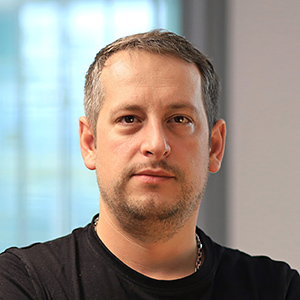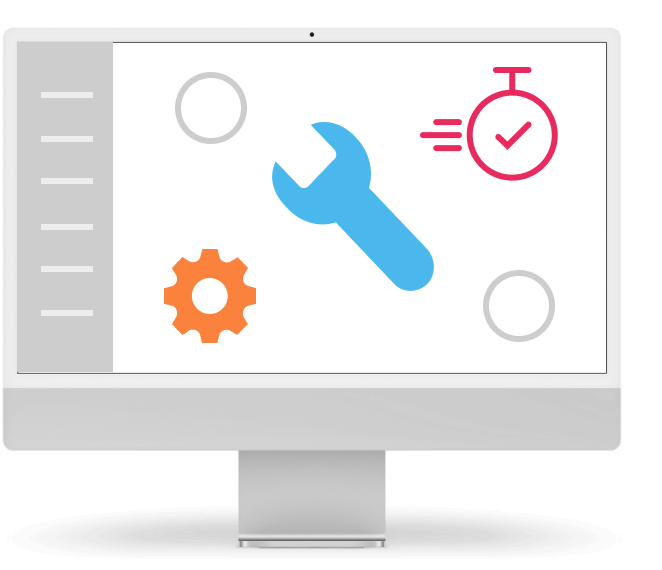We have centralized everything - and now we have a problem
Corporate IT infrastructure has historically moved back and forth between on-premise and cloud services but with this centralization, some companies have capitalized on latency issues.
Not that it is bad in itself that companies use efficient options to operate their infrastructure. But for some of them, this centralization – especially if we are talking about companies with branches – led to a limitation of performance.
It’s true that networking, hardware, and overall IT systems are constantly evolving at great speed, but that speed also leads to data overload that some networks and systems can’t handle seamlessly.
The answer to this problem became a quite logical step – bringing applications closer to the data source thanks to edge computing.
Edge Computing in a Nutshell
No, this technology is not beyond the edge of anything, on the contrary, it is right on the edge. The goal of this approach is to ensure that applications and systems that process data and for which it is crucial to have the lowest possible latency and the fastest possible response, are as close as possible to the source of the data.
So part of it is the decentralization of corporate IT, which ensures that all data gets the networks and infrastructure they need. It makes a difference if the business is working with accounting data that can sit in a central system, or if it’s an autonomous robotic system where even a small delay translates into untold problems (how would you like to be driven by an autonomous car that has reaction delayed by one second?).
What Forms Can Edge Computing Take on?
In principle, we are talking about physical or virtual decentralization.
The first involves the creation of a multi-location environment, in which, for example, mini servers or private clouds are prepared as edge devices and then there is one central on-premise device in the headquarters. Therefore, although we are talking about physical locations, even in this case it is possible to use the power of the cloud – for example, using a unified OpenStack multi-location private cloud managed via a single Horizon dashboard (no, we are not biased in this regard at all, only the robustness of this virtualization platform is just for such complicated environment ready made).
That virtual option includes the use of multicloud. It is therefore rather a heterogeneous infrastructure, within which various cloud services are dedicated to specific activities.
Edge Computing in Comparison
Taking it from the ground up, we can make this comparison:
- Data center – environment
- Cloud – distributed computing power of servers
- Edge – place
- Fog – a bigger place
At first, we were used to renting space with specific operating parameters for our servers – a data center. After that, we moved to the possibility of getting rid of the care of the physical part of the infrastructure and we rent computing power – the cloud. And now we are interested in the location where we place the device so that the distance from the data source is as small as possible – edge.
We also mentioned fog computing. This is a special type that could be described as large edge computing. Imagine, for example, a smart city that is not so localized, but still needs to achieve the lowest possible latency in a relatively small area. Then he uses the fog.
If edge means near data, then fog is close to data and cloud is far from data.
Use
The basic category of use is systems that need to react immediately to a change in the situation. That is why we have already mentioned, for example, autonomous cars. Generally speaking, edge computing is increasingly used in IoT systems.
However, if you are a company that operates in a decentralized manner and you perceive that your IT is not performing its function as you would need, perhaps it is time for you to think about the possibility of decentralizing your IT.
Yes or No?
Yes and no. There is no general answer. Your business is unique, just like any other business. So if you want to find out if edge computing is the right path for you, get in touch. There is nothing easier than to have a look at the company IT’s nuts and bolts and let the expert say if it’s a fit or not.





